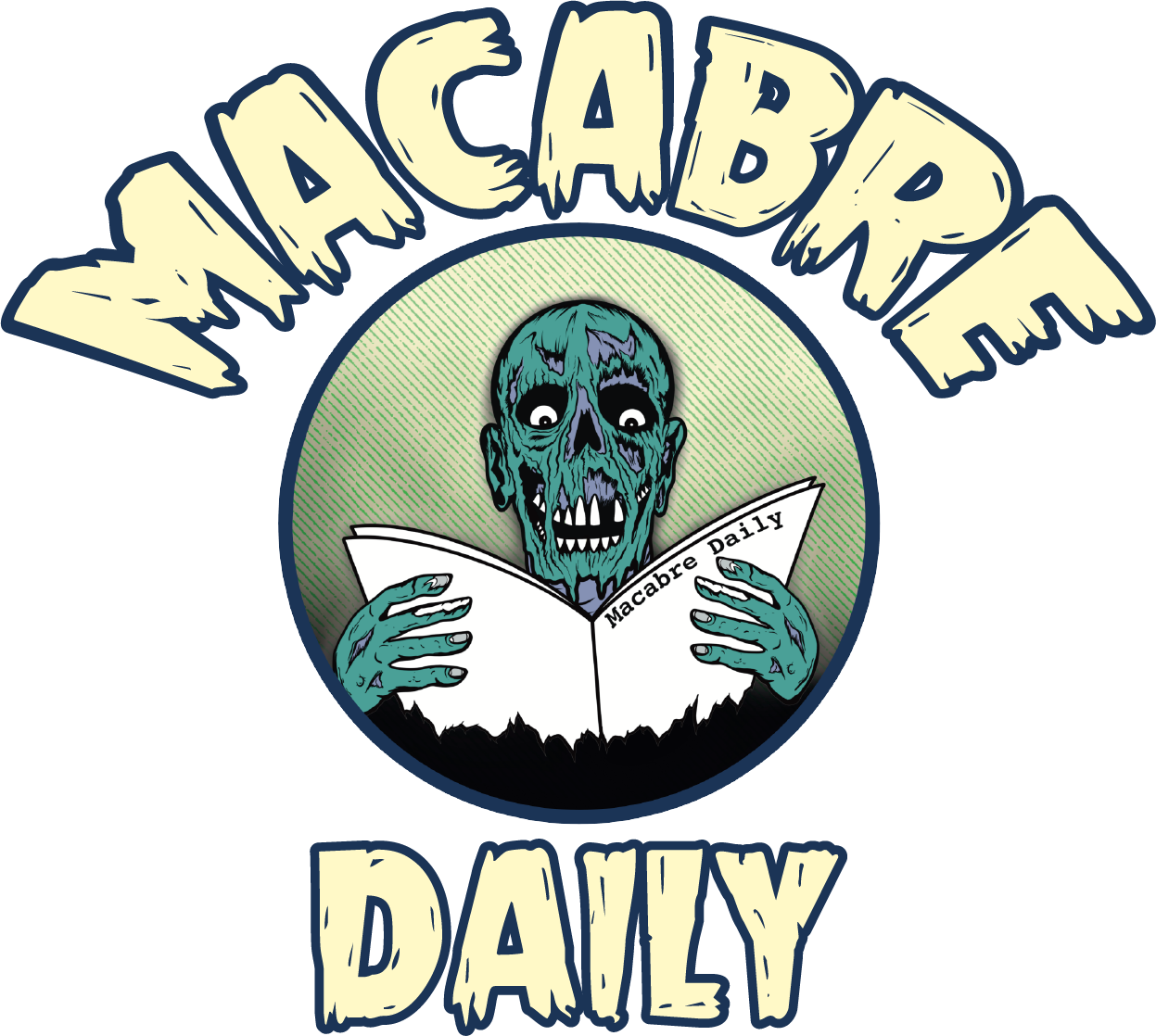A NIGHTMARE ON ELM STREET Turns 36 And We're Still Not Sleeping Well
The original theatrical poster
What hasn’t already been said about “A Nightmare on Elm Street?’’ Before the sequels, with their inflated effects budgets, before Robert Englund made talk show appearances with the famous glove, even before Freddy’s sweater had stripes on its sleeves, and before Johnny Depp knew his t-shirt size, Wes Craven gave us a classic we still talk about 36 years later.
For the uninitiated, Freddy Kruger (played with gunslinger relish by Englund) was a child murderer who went free on a technicality. The parents of his victims hunted him down and burned him alive in the boiler room where he took his victims. He came back to life to haunt the dreams of the children of his killers, and eventually enact bloody revenge with a hand-made razor glove that surely would have given Jigsaw ideas. Wes Craven was always known for his big swings, but with “A Nightmare on Elm Street,” he gave you scares, practical effects that still hold up, a fantastic villain and one of the best Final Girls in horror.
Nancy refuses to study haberdashery in college
Can we talk about Nancy Thompson for a second? Played by Heather Langenkamp, the film’s heroine is the daughter of the police chief and his wife, who took part in Kruger’s murder. When Nancy's friends start dying horrific deaths around her, she does what no other final girl had done before: she goes on the offense. Hard. She “leans in” years before it was a thing, and takes the fight to Freddy. While she wasn’t the first horror heroine to fight back, she was the first to not wait until she was backed in a corner. Her strength is one of the film’s many legacies.
Audiences today are acutely aware of social and political commentary in horror films, seemingly more than ever before. From “Get Out,” to “The Purge,” to “Spiral,” “Ready or Not,” and “The Hunt,” the filmmakers’ themes are overt, yet subtle enough to be appreciated while they entertain. Horror fans are quick to point out that commentary has been a part of horror for decades, with “A Nightmare on Elm Street” as a prime example. Let’s see: Upwardly-mobile suburbanites take part in a well-meaning atrocity and their children pay the price down the line? Never heard THAT one before, snowflake.
Elric Kane of Shock Waves and Colors of the Dark, has hypothesized that if there were no sequels to “A Nightmare on Elm Street,” its legacy would be solidified as one of the best horror films ever made. While he can’t be blamed for not liking “Super Freddy,” one could argue the sequels prove his hypothesis even further. As they evolved, the original was left as a shining example of what you could do with a small budget and a big imagination. Some of the sequels are exceptional (including Craven’s own “New Nightmare,” his first foray in meta-horror), but one viewing of the original, and you’re reminded nothing is like it.
Robert Englund insisted his portrayal of Freddy was always done with gallows humor. He’s not wrong.
“A Nightmare on Elm Street” is one of my all-time favorite movies. It was released 36 years ago, today, on November 9, 1984. A few years ago, I found out it was released exactly a year before I was born. Finding that out was one of the best birthday presents a Fredhead like me could ever receive. Michael Myers might be considered the granddaddy of slashers, but Freddy is your boyfriend now…and forever.














